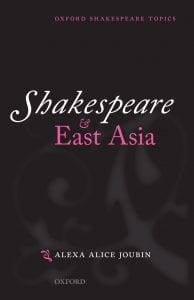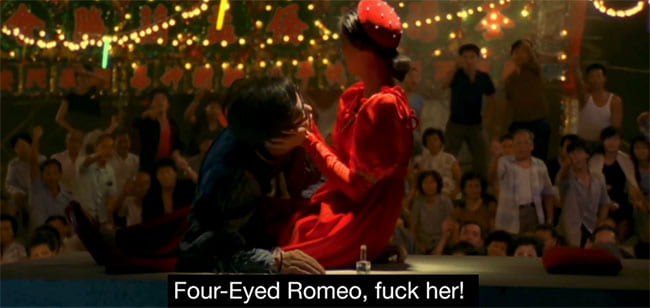We are pleased to announce the publication of MIT Global Shakespeares co-founder Alexa Alice Joubin’s Screening Shakespeare, a new, open-access, online textbook with interactive learning modules. You can learn about key concepts of film and adaptation studies. The openly-licensed book is free to all. You can learn about film theory, mise-en-scène, cinematography, sound and music, and adaptation strategies in the context of global Shakespeare.

...continue reading "Open-Access Textbook: Screening Shakespeare"


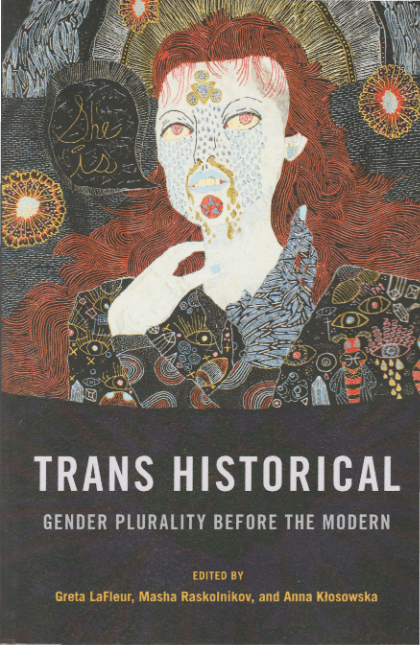
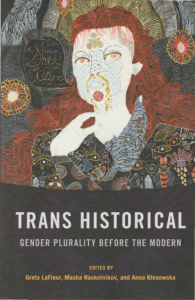 Many characters in Shakespeare's plays lend themselves to be interpreted as transgender. Even though Shakespeare’s plays were initially performed by all-male casts, they were designed to appeal to diverse audiences. Shakespeare’s plays, as readily available reference points, have been reimagined in performances that explore new gender roles. In particular, transgender performances tend to be billed, or perceived, as art with a cause, as a socially reparative act leading to the amelioration of personal and social circumstances. Reparative trans performances—works in which characters see their condition improve—carry substantial affective rewards by offering optimism and emotional gratification. The call for social justice may seem universal, but the exact elements requiring reparation are malleable. The reparative arcs diverge dramatically between different works.
Many characters in Shakespeare's plays lend themselves to be interpreted as transgender. Even though Shakespeare’s plays were initially performed by all-male casts, they were designed to appeal to diverse audiences. Shakespeare’s plays, as readily available reference points, have been reimagined in performances that explore new gender roles. In particular, transgender performances tend to be billed, or perceived, as art with a cause, as a socially reparative act leading to the amelioration of personal and social circumstances. Reparative trans performances—works in which characters see their condition improve—carry substantial affective rewards by offering optimism and emotional gratification. The call for social justice may seem universal, but the exact elements requiring reparation are malleable. The reparative arcs diverge dramatically between different works. 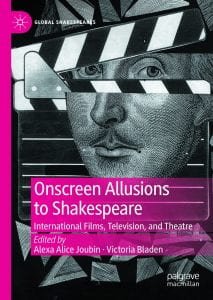 Shakespeare’s plays and motifs have been cited and appropriated on screen since motion pictures were invented in 1893. Allusions to Shakespeare haunt our contemporary culture in a myriad of ways, whether through brief references or sustained intertextual engagements.
Shakespeare’s plays and motifs have been cited and appropriated on screen since motion pictures were invented in 1893. Allusions to Shakespeare haunt our contemporary culture in a myriad of ways, whether through brief references or sustained intertextual engagements. 